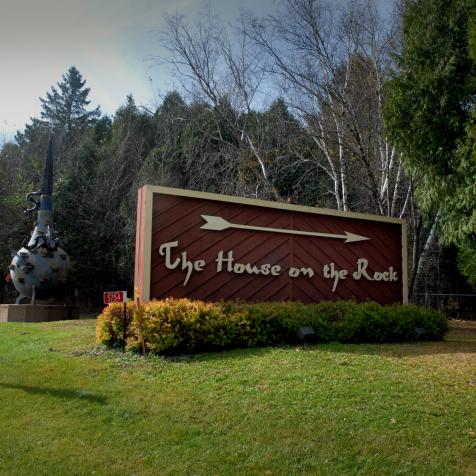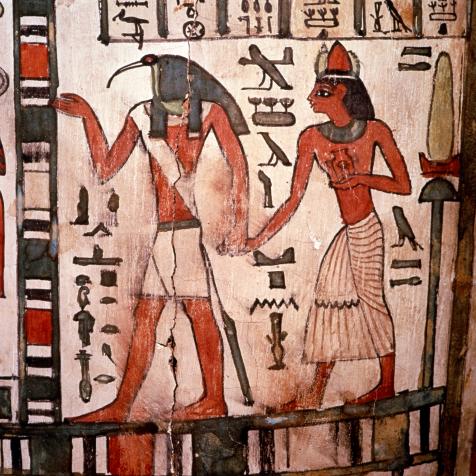
Werewolf of the Mexican South
Ocozocoautla de Espinosa is a small town that hugs one of the least-visited Natural Reserves in Mexico’s southernmost state of Chiapas and it may have a werewolf problem.
In the early mornings, the tenement houses that spike their hillsides are covered in fog, and by evening, the smoke from burning pastures chokes the town’s bustling central plaza and hovers over its adjacent cathedral. Until recently, the only reason anyone from the nearby state capitol, Tuxtla Gutierrez would ever visit Ocozocoautla was to witness the colorful festivities of its indigenous Zoque people. Now, the town is famous for a much less celebrated presence: a werewolf.

Emiliano Ruprah
Ocozocoautla, Mexico
Exactly one year ago, when the pandemic shut down Ocozocoautla, news of the twin threat began to circulate on social media, and locals began posting videos of the ensuing pandemonium: recordings of a blood curdling howl, makeshift vigilantes armed with sticks and knives patrolling the streets, and impromptu interviews with neighbors who might have seen or heard something strange saturated Facebook and twitter. Saul Zenteno, a Professor at Chiapas Campus of the Tecnologico de Monterrey University, picked up on the story and sent out the tweet that would be seen around the country.

Emiliano Ruprah
Saul Zenteno, professor at the Tecnologico de Monterrey, sent out the twitter that made National headlines. Photo captured in the Juan Sabines neighborhood of Ocozocoautla with an infrared camera.
I met Saul in the town market, between a stand of fried pig rinds (or Chicharron) and a fishmonger and we hopped on one of the hundreds of rickshaws that pack the narrow streets. “I’m taking you to Juan Sabines”, he screams over the blaring rap booming from the rickshaw speakers, “that’s where it all happened”. We climb the steep hills overlooking the city and end up in a windswept plateau filled with small, colorful homes. No one will talk to us. Doors are closed as we approach, a local mechanic tells us he knows about the werewolf but doesn’t want to be interviewed and Saul’s contact, a woman who told us on the phone she had seen the werewolf and was willing to be interviewed, has disappeared. Disappointed but intrigued, so I headed back to my motel in the city center and before paying, I asked the driver if he'd heard anything about the werewolf. He told me that last he heard, the creature had attacked a local farmer’s goats in another neighborhood. “It isn’t a werewolf, by the way”, he says, “it's a Nahual”.

Emiliano Ruprah
Samuel Revueltas, investigative journalist, believes authorities are to blame for their sustained silence. “In times where social media can dominate the people’s perception of the world, it is important for those in power to step in and calm folks down”.
“What is a Nahual,” I ask Saul and he explains that it's a type of sorcerer, but it's better that we find a Zoque elder who can expound properly on the subject. He promises to take me to one the next morning and I head to the outskirts of town to meet Samuel Revueltas, a journalist for the popular news organization “Chiapas Paralelo”. Samuel is a tall and brooding investigative journalist and has his own take on the situation: “This is a clear case of governmental neglect. You have a community at the margins of society suffering the psychological trauma of the pandemic and the government is silent for four days. Whatever it was, whether it was a wild animal or some... person playing a foul joke, the authorities let it get out of hand. That is, of course, unless they were involved”. Barring a leopard sneaking in from the neighboring reserve during a rare window of opportunity or a mischievous prankster playing on people’s terror of an invisible pandemic, Saul thinks the werewolf sounds could have been made by the police using a speaker to force people inside. It's a plausible theory and makes sense, I admit. “There are other theories,” Saul tells me, “you should talk to Dulce Bonifaz, a local psychologist. She has her own ideas”.

Emiliano Ruprah
Jorge de La Cruz, Zoque authority, in his home. Jorge believes a Nahual could be an explanation for what happened in Ocozocoautla.
After a restless night, I head to meet Jorge de la Cruz, a local Zoque authority. His home is filled with friends and family, a group of musicians playing Zoque rhythms with hypnotic drums and a man spreading the wafting smoke of copal incense around statues of religious figures. “We have synthesized Catholic traditions with Zoque traditions,” he tells me as we drink hot chocolate and eat sweet tamales. We believe in the Virgin Mary and Christ, but we also hold our mythologies dear. The Nahual is a black sorcerer — a person who transforms into an animal to haunt a community that has some kind of ill. For us, this is as real as the chocolate you are drinking now. It is not an imaginary event”.
Images from Locals
See All PhotosEvidence of a werewolf in Ocozocoautla.
“It is very much a real thing, “Dulce Bonifaz tells me as I drive back into town with the psychologist on speaker. “This is a clear case of mass hysteria,” she adds. According to Dulce, several factors combined to build a perfect storm: a community with a deep tradition, where the Nahual is a central figure. The trauma brought on by the onset of the pandemic, the sudden shift in routines and the new sounds people were hearing by being locked at home all played a part. The fact that social media helped amplify people’s fears and that the authorities let the situation fester for four days added to the effect, according to Dulce.

Emiliano Ruprah
Padre Romulo Sanchez Dias standing in Ocozocuatla’s cathedral. Father Dias does not believe in the werewolf story, even though local social media pages were full of witnesses who said the werewolf had broken into the Cathedral.
As I leave Ocozocoautla the next morning, the fog is so thick that you can’t see the colorful homes of the Juan Sabines neighborhood. I think about the werewolf and wonder if it was a case of mass hysteria. What were those howls locals recorded on their phones and shared on social media? If the creature wasn’t real, then why were locals so unwilling to talk? Whatever actually occurred at the onset of the pandemic in this once-sleepy town may remain a mystery to outsiders forever, but one thing is for sure: it's not a mystery to the people who lived through it.

Emiliano Ruprah
Fernando Mendo, a local rickshaw driver, has heard stories about the creature still roaming the outskirts of town, attacking goats. According to Mendo, this is not a werewolf, but a Nahual.





















